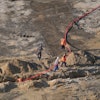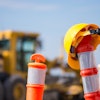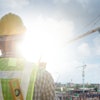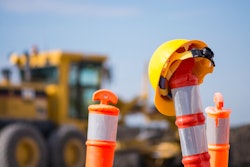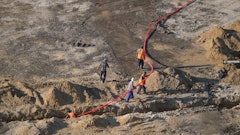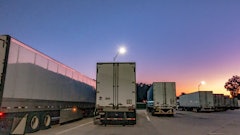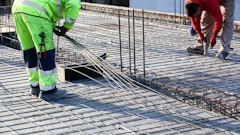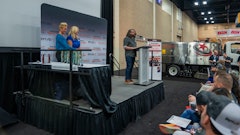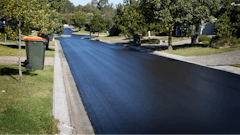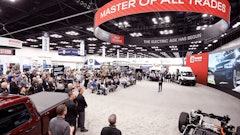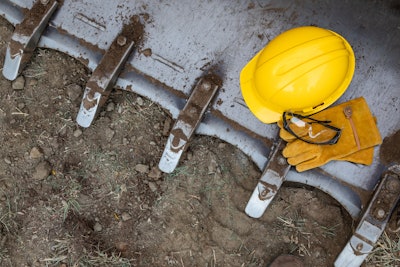
 Megan Tanel, President and CEO, Association of Equipment Manufacturers (AEM)Association of Equipment Manufacturers
Megan Tanel, President and CEO, Association of Equipment Manufacturers (AEM)Association of Equipment Manufacturers
ET: What are the most critical construction industry challenges affecting contractors in 2025?
Tanel: Material costs, driven by inflation, and ongoing workforce shortages remain the most critical challenges for contractors. These issues create uncertainty, especially with a new administration potentially influencing regulations and policies. Additionally, delays in federal funding distribution to the contractor level, such as those related to the IIJA, exacerbate these challenges.
ET: What are the most critical construction industry challenges affecting equipment manufacturers and/or dealers in 2025?
Tanel: Rising costs — whether from raw materials, tariffs, or labor—remain the most pressing challenge for manufacturers and dealers. The uncertainty surrounding tariffs, taxes, and regulatory changes under the new administration adds complexity, particularly as these factors impact supply chains and international trade. Beyond costs, the workforce shortage and tightening environmental regulations remain ongoing hurdles. These factors collectively affect how equipment is manufactured, sold, and shipped globally.
What challenges most affected the construction equipment landscape in 2024?
The two most significant challenges in 2024 were:
- The shortage of skilled labor, particularly among dealer technicians.
- Delays in translating IIJA funding into actionable projects, caused by permitting and process bottlenecks.
To address these issues, the construction industry is increasingly adopting advanced technologies to enhance efficiency and fill workforce gaps. This trend will likely continue and expand in the years to come.
ET: What are your predictions for the construction equipment landscape in 2025?
Tanel: Technology adoption will shift from being optional to essential. Companies that fail to integrate advanced technologies will struggle to stay competitive or profitable. However, there’s a risk of adopting technology for the wrong reasons, such as adding zero-emission equipment solely to meet regulations or project owner demands rather than for genuine operational benefits.To mitigate workforce challenges, companies will increasingly deploy technology like automation and AI to optimize repetitive tasks and enhance productivity. This will pave the way for smarter, more efficient operations across the industry.
ET: In what area(s) of construction do you see the most potential for acceleration or advancement in 2025?
Tanel: The greatest potential lies in leveraging technology to streamline repetitive tasks, increase safety and improve efficiency. For instance, AI-driven systems could automate predictive maintenance processes by analyzing equipment data, scheduling services, and reducing the need for multiple personnel. Additionally, advancements in automation and operator-assist technology could simplify machine operations, reducing labor demands.The adoption of additive construction methods and automation will also accelerate, supplementing traditional approaches and addressing both labor and productivity challenges.
ET: What factors should contractors consider when making construction equipment purchasing decisions in 2025?
Tanel: Contractors already prioritize machine capability, efficiency, and safety when purchasing equipment. Manufacturers are constantly innovating to meet these needs, with a strong focus on creating safer and more efficient machines. Budget and machine availability will also play a key role in these decisions, as contractors balance immediate project needs with long-term operational goals.
ET: Please provide comments on the future of construction innovation, emission reduction and/or other emerging trends.
Tanel: The journey toward emission reduction and equipment innovation doesn’t need to be an all-or-nothing leap. Since 1996, the construction equipment manufacturing industry has reduced emissions by nearly 96% and continues to make significant improvements in efficiency, safety, and productivity. Innovation should focus on iterative progress — designing equipment that not only meets but exceeds current environmental and safety regulations while utilizing technology to enhance performance. Manufacturers remain committed to developing equipment that aligns with their customers’ evolving needs, whether through emissions reduction, automation, or safety enhancements, all while advocating for balanced regulatory approaches.

